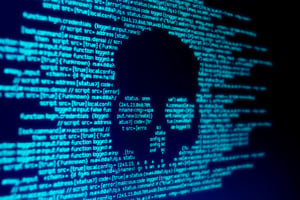 The latest example of a modern-day ransomware attack demonstrates how data encryption and ransom can no longer be the assumed extent of an attack.
The latest example of a modern-day ransomware attack demonstrates how data encryption and ransom can no longer be the assumed extent of an attack.
Two weeks ago, outsourcing service provider ExecuPharm released a notice of data breach to their consumers. In it, ExecuPharm noted experiencing a ransomware attack in March of this year where “employees received emails from unknown individuals”. According to the notice, this attack resulted in “encrypted ExecuPharm servers” and “a ransom in exchange for decryption.”
According to the notice, the data accessed as part of the encryption included “social security numbers, taxpayer ID/EIN, driver's license numbers, passport numbers, bank account numbers, credit card numbers, national insurance numbers, national ID numbers, IBAN/SWIFT numbers, and beneficiary information (including social security numbers).”
While necessary as part of Vermont state law, the impacted data only involved employees. Additionally, even though appeared to clearly be a ransomware attack, it’s no longer advisable for organizations to assume data has not been stolen. According to Microsoft, the default is for ransomware gangs to steal your data whether or not they threaten to leak it to pressure a ransom payment.
Because of this, organizations have placed ransomware as a key risk factor in their cybersecurity and business continuity plans. Preventative measures include educating users via Security Awareness Training on the prevalence of phishing scams as the initial attack vector and how to avoid falling for social engineering tactics in these emails that result in the installation and spread of ransomware within your organization.




